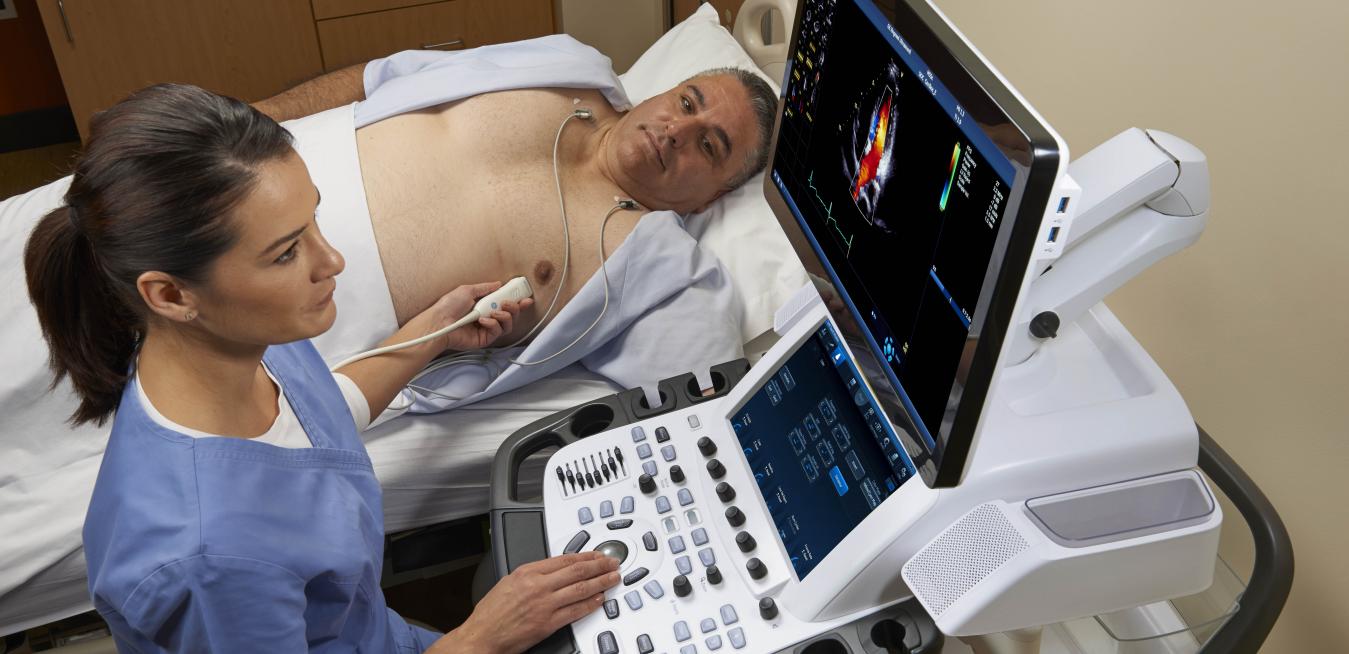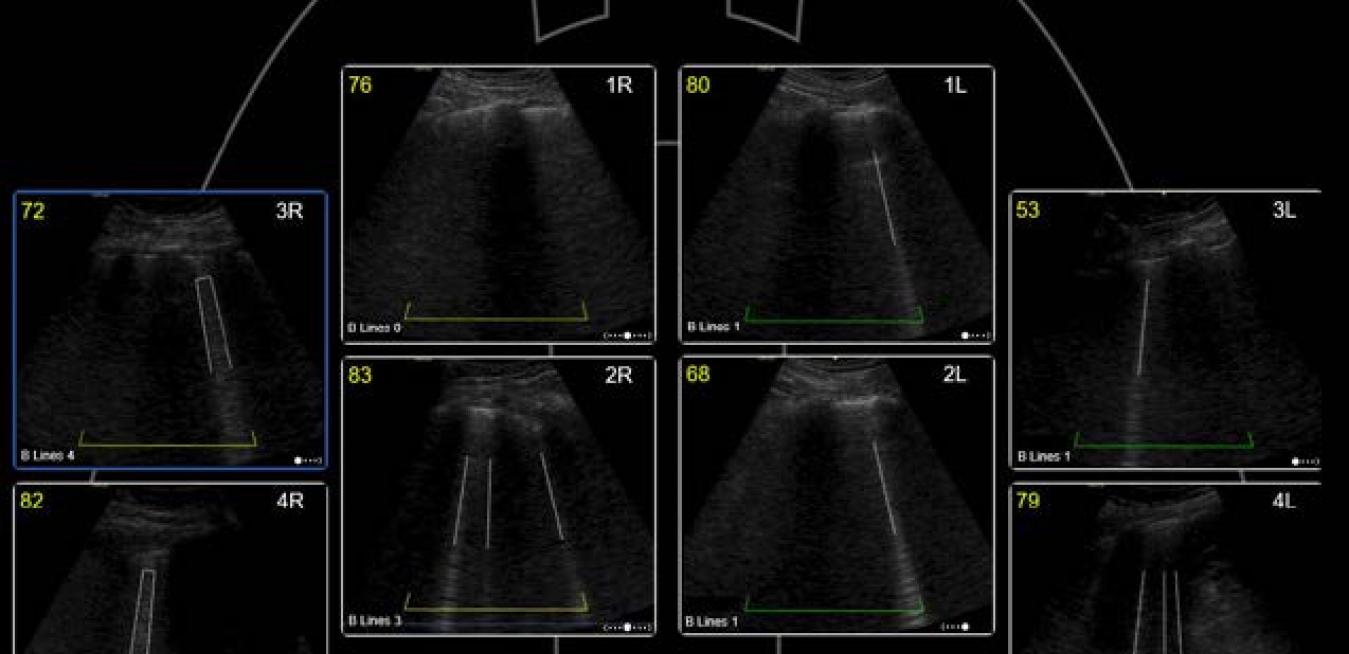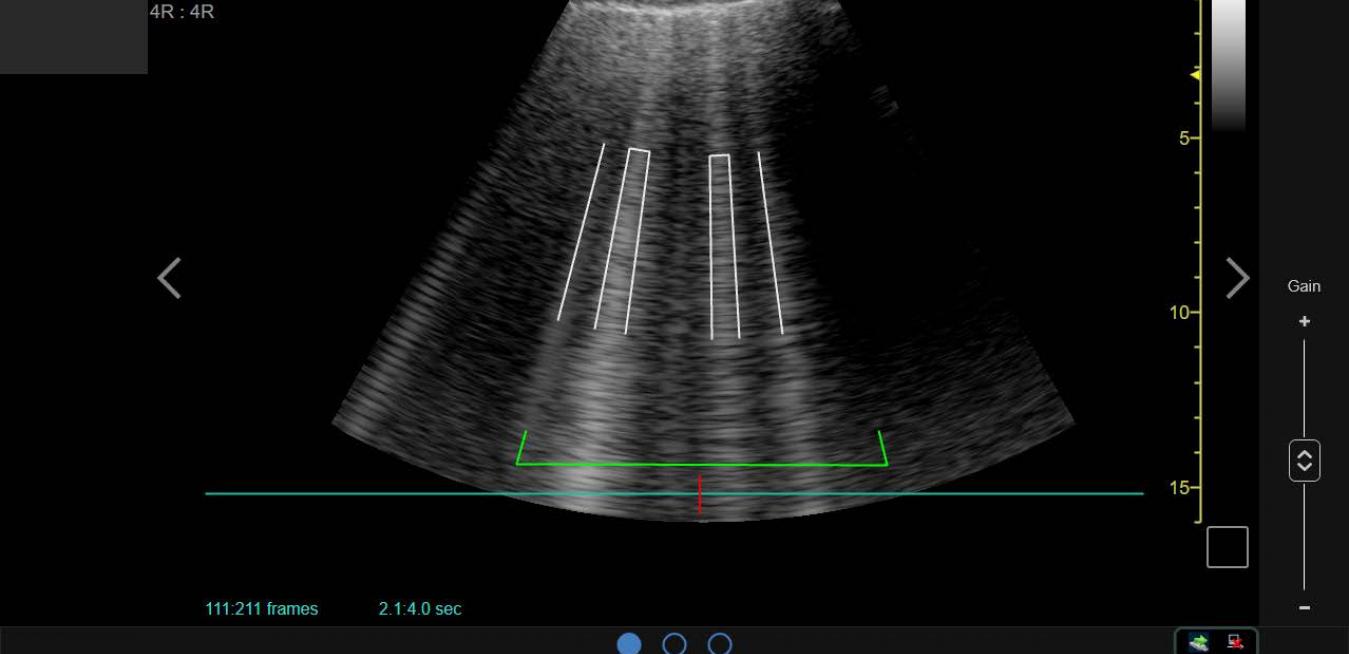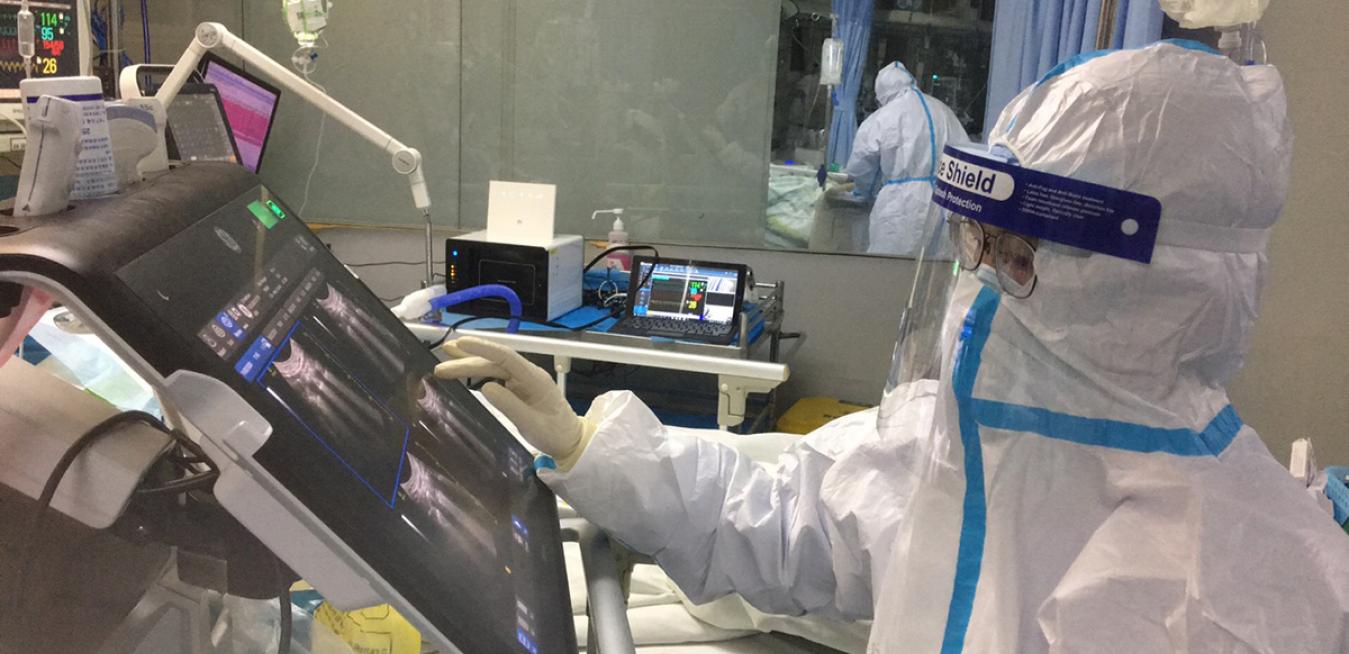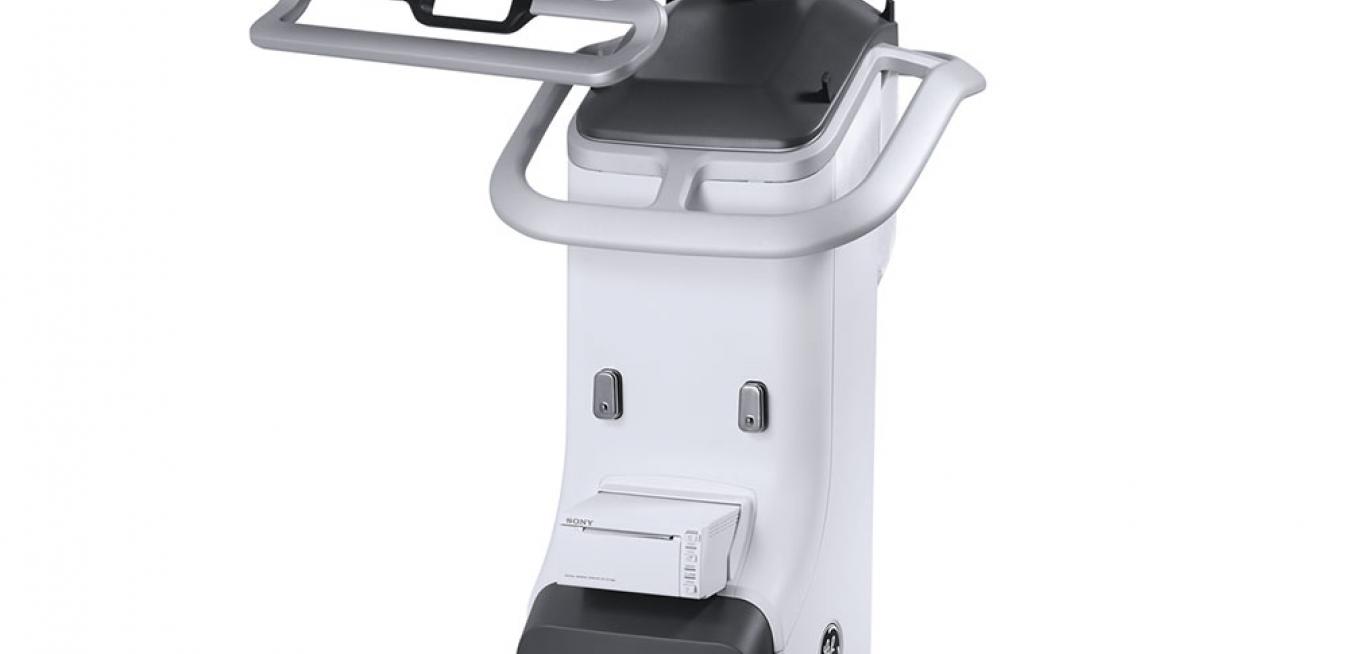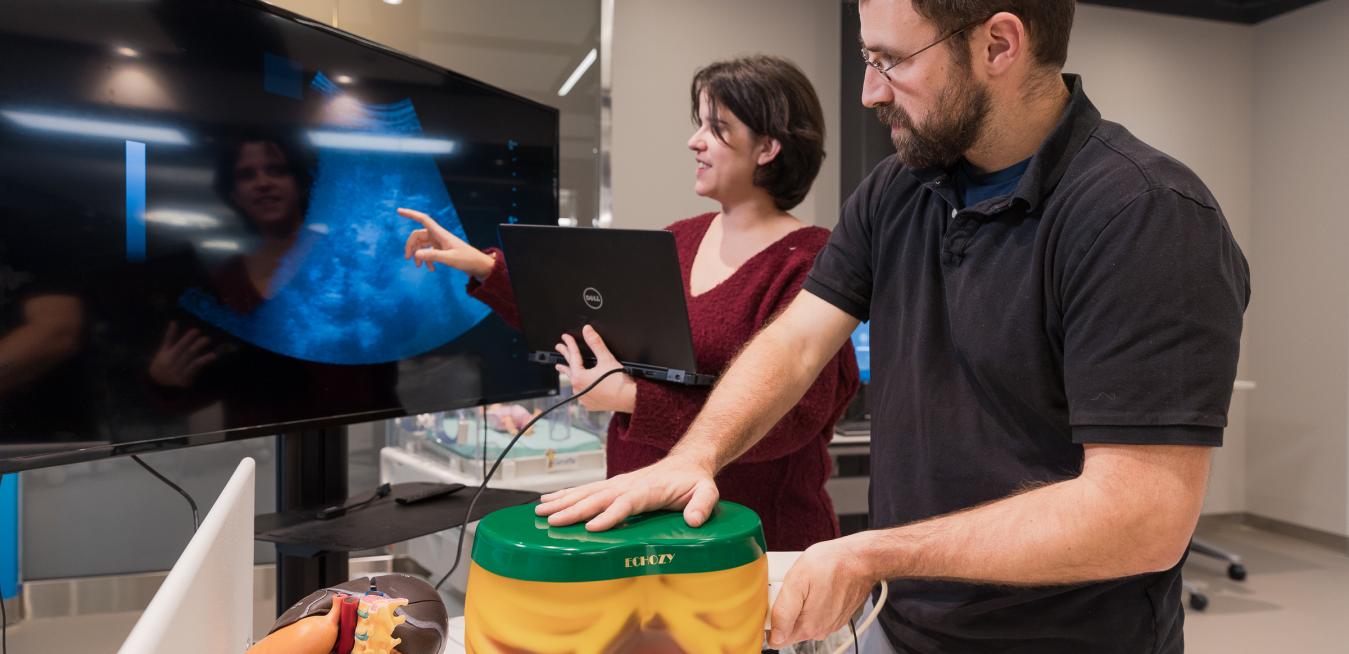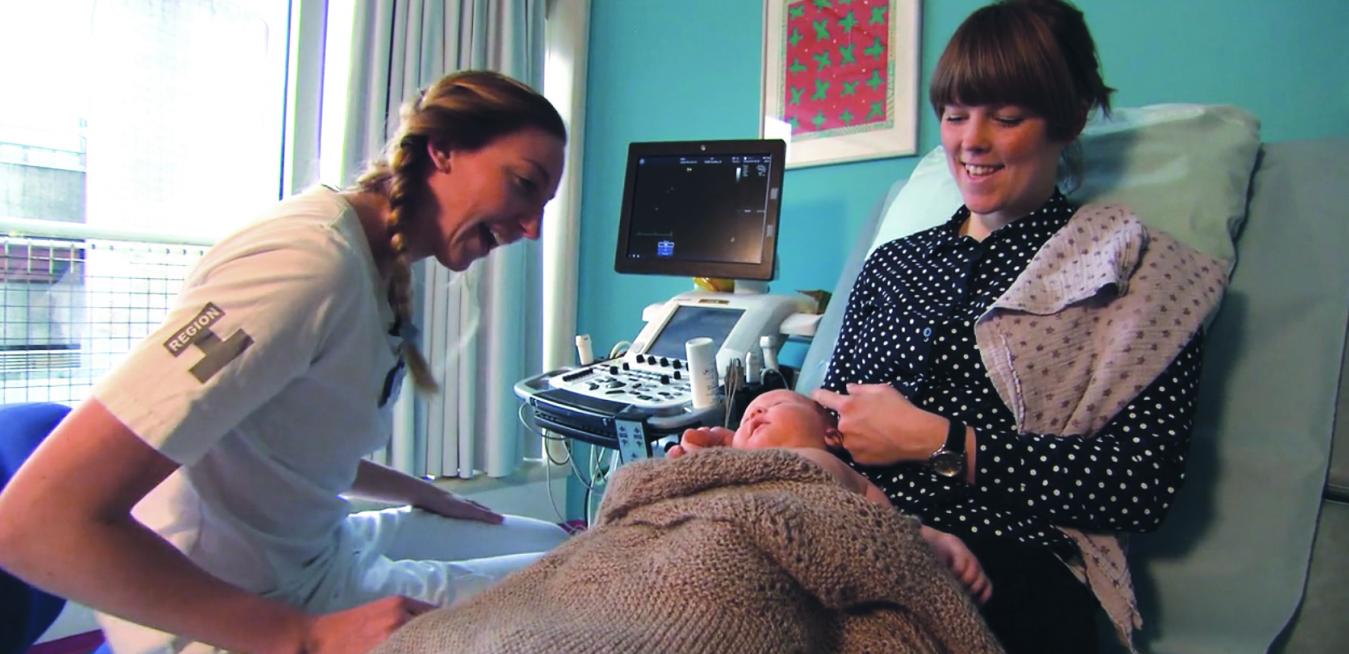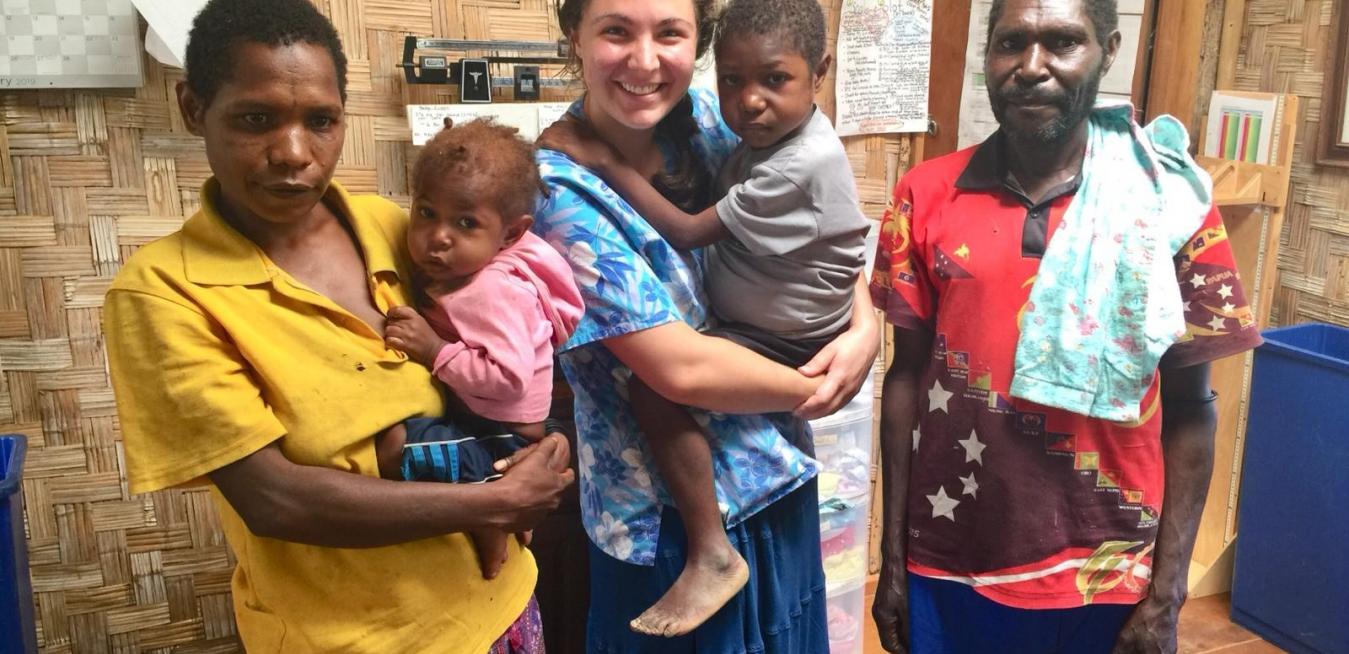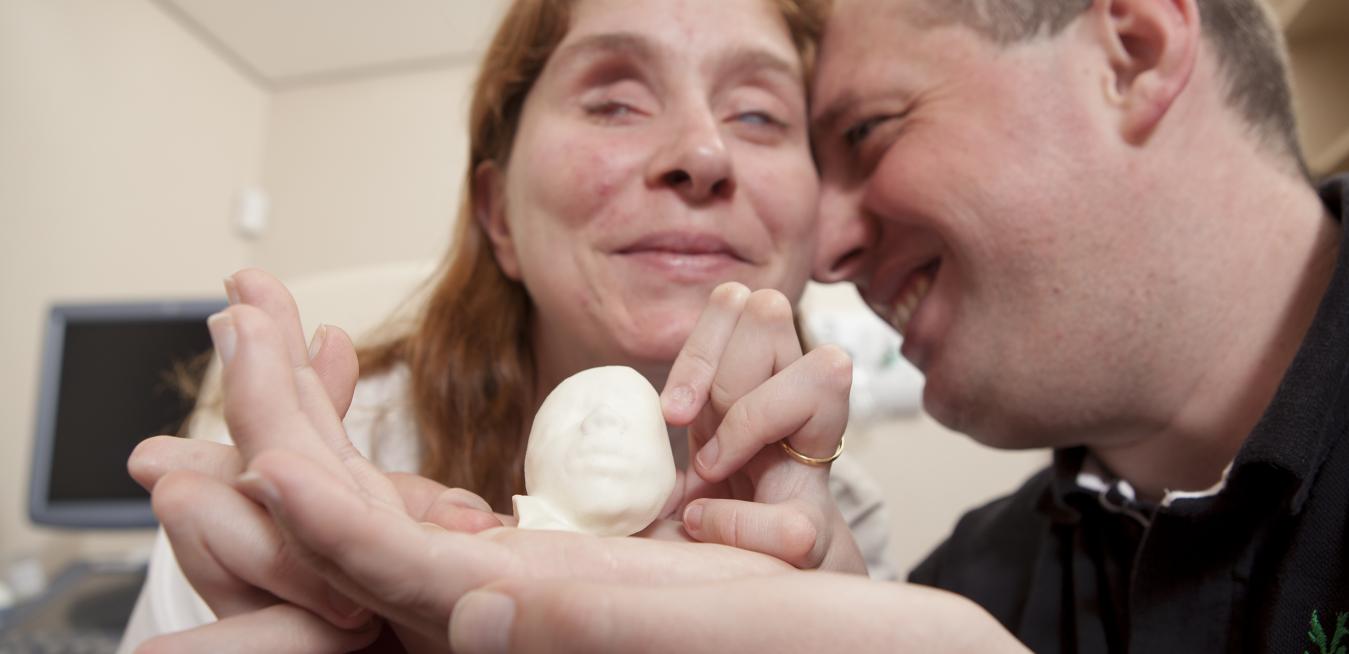When you run a large regional hospital network with 12 hospitals spanning two states, the need to operate more efficiently is constant. Take St. Luke’s University Health Network in Pennsylvania and New Jersey.
Tomás Villén is on a war footing. His hospital, Universitario Ramón y Cajal in the northern corner of Madrid, has been the epicenter of Spain’s battle against COVID-19, the disease caused by the new coronavirus.
The equipment makes it hard for him to bend down, hard for him to walk around. Every move is “like a weight-bearing climb up 10 floors,” says Wang, deputy director of critical care medicine at Peking Union Medical College Hospital in Beijing.
GE Healthcare, one of the world’s largest manufacturers of medical technology and equipment, is adding production lines, hiring workers and expanding output to help arm hospitals and medical professionals with the equipment they need to diagnose and care for patients suffering from COVID-19, the disease caused by the novel coronavirus.
Dr Brandon Gien, CEO of Good Design Australia, said, “At the heart of all the winning projects is a problem--big or small--that was solved through clever, considered and meaningful design that will have a positive impact on our lives and our planet.”
When doctors prescribe drugs for people with chronic diseases, they do so knowing that unwanted side effects on the body can occur. In some cases, it's a matter of risk versus benefit. “When someone gives you a pill,” says Victoria Cotero, a molecular biologist at GE Research, “not all of it goes to work on your disease.”
In addition to all the necessary well-baby visits and obstetrician follow-ups that come on top of the adjustment of having a new baby, Kathrine Garbers found time for yet another visit to Herlev Hospital, just outside Copenhagen, Denmark. Garbers and her baby girl, Frigga — not even two weeks old — were there to have the newborn’s heart scanned by Anne-Sophie Sillesen, a doctoral student.
Australia’s nearest neighbour Papua New Guinea spreads approximately 462,840 sq km (178-thousand sq miles) and is one of the most culturally diverse countries in the world with more than 800 languages spoken among more than 8 million inhabitants.
Both Ana Paula and Alvaro, who live in São Paulo, Brazil, are legally blind. Their son, Davi Lucas, was strong and healthy, but there was no way their eyes could see the first grainy glimpses of their baby on the ultrasound monitor.
